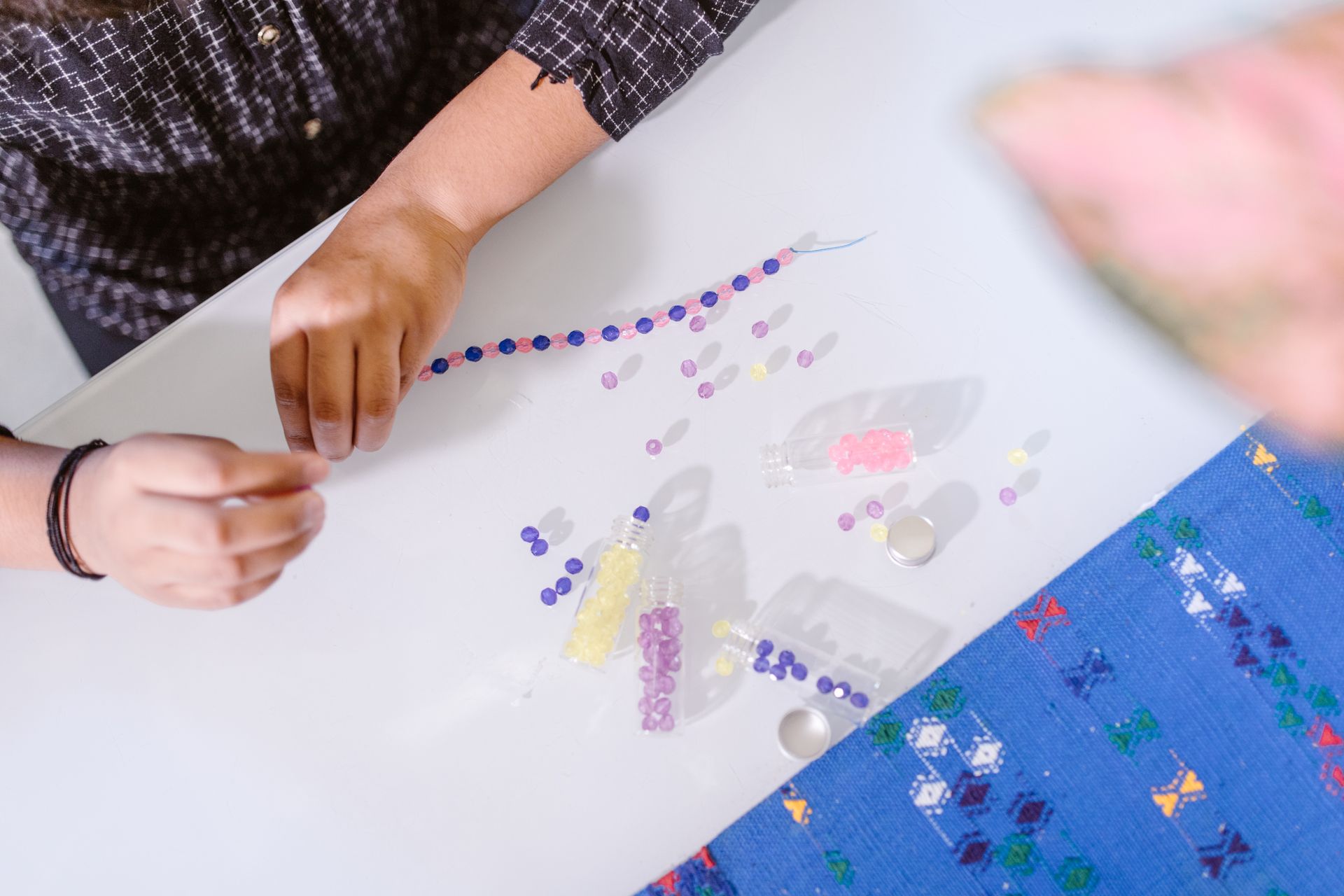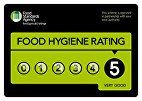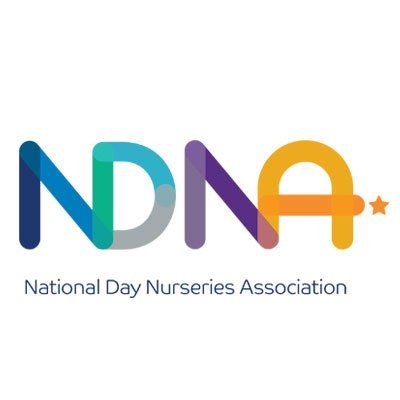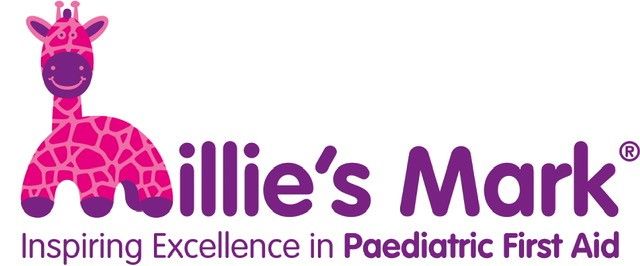Exploring STEM Education for Young Learners
Exploring STEM Education for Young Learners

In recent years, STEM education has become a focal point in efforts to prepare young learners for the future. With the rapid advancements in Science, Technology, Engineering, and Mathematics, it is crucial to introduce these concepts early in a child's development. This article explores the significance of STEM education for young children, offering practical tips and insights for parents and educators to foster an environment that encourages curiosity and learning
Exploring STEM Education for Young Learners Points
1. Benefits of STEM Education for Young Learners
2. Tools and Resources for Introducing STEM Concepts
3. Engaging STEM Activities for Early Learners
4. Overcoming Challenges in STEM Education
Benefits of STEM Education for Young Learners
STEM education offers numerous advantages for young learners, setting the foundation for critical thinking, creativity, and problem-solving skills. Here are some key benefits:
1. Enhances Critical Thinking and Problem-Solving Skills
STEM activities require children to analyse problems, think critically, and come up with solutions. This helps develop their ability to approach challenges logically and creatively.
2. Promotes Creativity and Innovation
By engaging in STEM activities, children learn to think outside the box and explore innovative solutions. This fosters a creative mindset that is essential for future success in any field.
3. Encourages Lifelong Learning
Introducing STEM concepts at an early age sparks curiosity and a love for learning. Children who are exposed to these subjects early on are more likely to pursue further education and careers in STEM fields.
4. Builds Confidence and Resilience
As children work through STEM challenges, they learn to persist despite difficulties. This builds their confidence and resilience, qualities that are valuable in all aspects of life.
5. Prepares for Future Careers
With the increasing demand for STEM-related jobs, early exposure to these subjects prepares children for future career opportunities. It equips them with the skills and knowledge needed to succeed in a rapidly evolving job market.
Tools and Resources for Introducing STEM Concepts
Introducing STEM concepts to young learners requires the right tools and resources. Here are some recommendations:
1. Educational Toys and Kits
There are numerous educational toys and kits designed to teach STEM concepts in a fun and engaging way. Examples include building sets, coding toys, and science experiment kits.
2. Online Resources and Apps
There are many online platforms and apps that offer interactive STEM learning experiences. Websites like Khan Academy, Scratch, and National Geographic Kids provide valuable resources for children.
3. Books and Magazines
Books and magazines tailored to young learners can introduce STEM topics in an age-appropriate manner. Look for publications that are visually appealing and filled with interesting facts and experiments.
4. Community Programs and Workshops
Many communities offer programs and workshops focused on STEM education. These provide hands-on learning opportunities and allow children to interact with peers who share similar interests.
5. Everyday Household Items
STEM learning can also be incorporated into daily activities using common household items. Simple experiments and projects using items like paper, glue, and kitchen ingredients can teach important STEM concepts.
Engaging STEM Activities for Early Learners
To keep young children engaged and interested in STEM, it's important to make learning fun and interactive. Here are some activities to try:
1. Building and Engineering Projects
Activities like building bridges with blocks or creating simple machines with household items can introduce basic engineering principles.
2. Science Experiments
Conducting simple science experiments, such as making a volcano with baking soda and vinegar or growing crystals, can spark curiosity and excitement about science.
3. Coding and Robotics
Introducing coding through age-appropriate apps and toys can develop logical thinking and problem-solving skills. Robotics kits designed for young children can also provide hands-on learning experiences.
4. Nature Exploration
Exploring the natural world through activities like gardening, observing insects, or studying weather patterns can teach children about biology and environmental science.
5. Math Games and Puzzles
Engaging children with math games and puzzles helps develop their numerical and analytical skills in a fun way.
Overcoming Challenges in STEM Education
Implementing STEM education for young learners can come with its own set of challenges. Here are some strategies to overcome them:
1. Limited Resources
Access to STEM resources can be limited, especially in underserved communities. To address this, parents and educators can utilise free online resources, seek donations, or collaborate with local organisations.
2. Lack of Teacher Training
Teachers may not always have the necessary training to effectively teach STEM subjects. Providing professional development opportunities and resources can help educators gain the skills they need.
3. Gender Stereotypes
Overcoming gender stereotypes is crucial in encouraging all children to pursue STEM education. Promoting gender-neutral toys and activities and highlighting diverse role models can help break down these barriers.
4. Keeping Young Children Engaged
Maintaining the interest of young learners can be challenging. Incorporating hands-on activities, interactive learning, and real-world applications can make STEM education more engaging and relevant.
5. Balancing Screen Time
While technology is a valuable tool for STEM education, it's important to balance screen time with other types of learning. Encouraging outdoor activities and hands-on projects can provide a well-rounded educational experience.
Conclusion
STEM education is essential for preparing young learners for the future. By understanding the benefits, utilising the right tools and resources, engaging in fun activities, and overcoming challenges, parents and educators can create a supportive environment that fosters a love for learning and curiosity in children. With a strong foundation in STEM, young learners will be well-equipped to navigate and succeed in an increasingly complex world.
FAQ
Q1: What are the benefits of STEM education for young learners?
- A1: STEM education enhances critical thinking, promotes creativity, encourages lifelong learning, builds confidence, and prepares children for future careers in STEM fields.
Q2: What tools and resources are useful for introducing STEM concepts to young children?
- A2: Educational toys and kits, online resources and apps, books and magazines, community programs and workshops, and everyday household items can all be useful for teaching STEM concepts.
Q3: Can you provide some examples of engaging STEM activities for early learners?
- A3: Yes, examples include building and engineering projects, science experiments, coding and robotics, nature exploration, and math games and puzzles.
Q4: What challenges might one face when implementing STEM education for young learners?
- A4: Challenges include limited resources, lack of teacher training, gender stereotypes, keeping young children engaged, and balancing screen time.
Q5: How can educators and parents overcome the challenges in STEM education?
- A5: Strategies include utilising free resources, providing teacher training, promoting gender-neutral activities, incorporating hands-on learning, and balancing screen time with other educational activities.

















